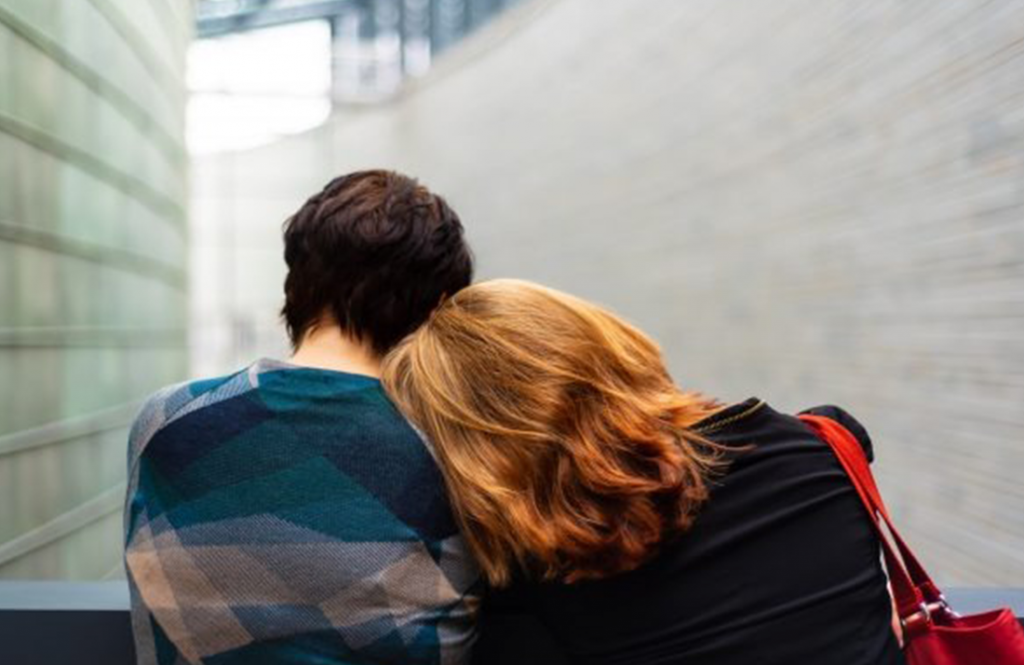
08 Feb THE IDENTIFICATION PROCESS
THE IDENTIFICATION PROCESS
As explained in the article Planning Funeral Arrangements, in criminal cases there is a legal requirement to formally identify the body of the victim.
This takes place before the post-mortem examination and is necessary to enable the post-mortem to proceed. The identification process usually takes place within a matter of days, but then again, when you are grieving, every single moment can seem to last an eternity. For me, it seemed to take for ever to be able to go to the morgue to identify my babies.
Identification will either take place at the police station or the hospital morgue. Sometimes, identification takes place in the same room as the body; other times the body may be viewed through a glass window.

In either case, you will be accompanied to a waiting area, where the identification procedure will be explained to you. It is usually permissible to be accompanied by loved ones for support.
Sometimes, but not always, it will be possible to hold or touch your child. Whether or not this is allowed depends on the circumstances of the case and the risk of evidence being contaminated. You should ask the coroner’s office in advance if you wish to do this to see if it is allowed.
in some cases the coroner may suggest that you do not see the body if it is felt that it may cause you distress to do so. In such cases, you may instead be presented with a photograph of an area of the body for identification (for instance, containing a recognisable birthmark or scar).
You will be informed when identification is to take place, and where you need to go.
In my case, I was accompanied by my husband, Iiro, and my parents. We waited for a long time in a very plain and sterile waiting area. Calling it a ‘waiting area’ was really a stretch. I did not know what to expect but looking back it certainly was not welcoming or comforting in any way.
Someone appeared and took us to a long corridor with two separate large windows. We were only able to see my babies through a glass. Each one had their own viewing area.
Seeing them lying there on a large, cold, hard metal bed, covered in a thin blue blanket, their hair wet from having just been cleaned, seemed to shatter my heart even further. It seemed so surreal.
But it was something I felt I needed to do. I felt like I needed to see them one last time. It is often said that viewing the body helps you to realise that the death is real rather than some kind of bad dream, and facing the reality of death may be the first important step towards processing your grief.
After identification took place, we were taken to an office where I was asked various standard questions about my children’s health and if they had been on any medications. These questions are important as your answers will help the coroner determine the cause of death.
The process was over after a few minutes more but I did find it completely draining. This is natural, as is any fear or apprehension you may have about having to view the body. Just try to remember if you can that by doing so, you are helping the police in their investigation and helping to bring justice to your child.
KEY TAKEAWAYS
- Recognise that formal identification is a legal requirement in criminal cases, and that it may take place at the police station or the hospital morgue. It is usually permissible to have loved ones accompany you for support.
- Understand that in some cases, you may not be allowed to hold or touch your child during identification, depending on the circumstances and the risk of evidence contamination. Ask the coroner’s office in advance if you wish to do so.
- In situations where viewing may cause distress, the coroner might provide alternatives, such as presenting a photograph for identification.
- Be prepared for the emotional impact of the identification process. It may be a difficult and draining experience but viewing the body can help in accepting the reality of death and initiating the grieving process.
- Remember that your participation, while emotionally challenging, aids the police investigation and pursuit of justice for your child.



